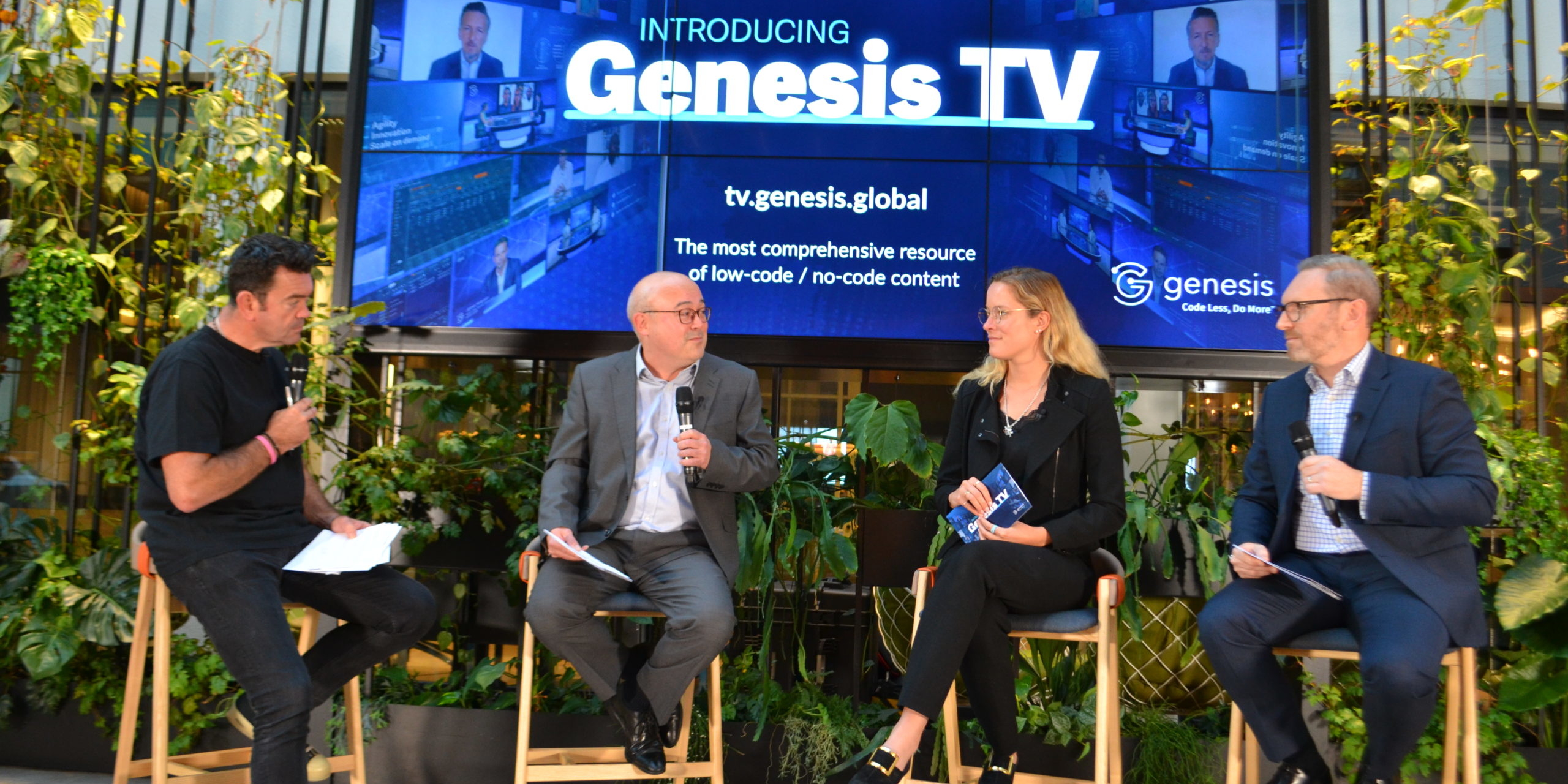This article is written by ditto’s Sales and Business Development, Jeremy Boles. He asks five questions to help move your business development events online and carry out successful ‘virtual conferences’.
While roaming the seemingly empty ExCel London this week, an exhibitor told me there were 21,000 attendees at the CloudExpo last year. MWC was cancelled two weeks before the start date. St. Patrick’s Day celebrations across Ireland are cancelled. Numerous event organisers and exhibitors are facing decisions on how to proceed; cancel the event, continue with less attendees and speakers, or find an alternative option?
On March 5th, ditto delivered ‘Blockchain Connect’, an event gathering blockchain experts, entrepreneurs and enthusiasts to Dogpatch Labs – at the heart of Dublin’s tech innovation district. The conference is part of a series of events that was planned months in advance, had both speakers and attendees cancel travel plans as a result of Covid-19 concerns. However, as an agile agency, ditto planned the conference as both a physical and online event – we had over 350 attendees join virtually on the day.
Exhibitors can find themselves significantly out of pocket when shows get cancelled, with exhibition stands often costing over £20,000. So, to help you maximise the opportunity of online events, positively responding to change and uncertainty, here are some insights from our online conference and other digital events we are launching.
Question 1: What are the event objectives?
Think of this question not just in terms of your own objectives but also in terms of your attendee’s objectives. Why would they want to be part of the event; is it to learn something, meet people, or infotainment? If you’re replacing an in-person event, why were people attending it in the first place?
Question 2: Who are the right people & how do you get them in the room virtually?
Most shows and exhibitions are used for testing the water and unearthing prospective leads that exhibitors may not have been aware of before. Doing something online, instead of attending a show, is an opportunity to get the attention of the right people and avoid the tyre kickers.
We use our lead generation team to target validated companies and invite the right people. We then tailor the content to meet the interests of those people and use influencers who they respect to grab their attention.
Question 3: What’s the right format and how do you make the tech work?
Depending on the size and type of audience we tend to run webinars through GoToWebinar and use Microsoft Teams for smaller ‘Connect & Collide’ sessions.
In choosing a format, show that you are respecting the attendees time and providing value to them. Also consider how to keep them engaged; when we produce webinars, we like to create supporting presentation content to show during the discussion – this can be a mix of slides, videos, and using speakers’ webcams to make it more personal. It also gives you a great opportunity to give your brand name and logo some active screen time.
We have an internal production team to set up our digital events, with high quality microphones and cameras, but you can get a lot out of standard hardware if you get the basics right. Find a room where echo won’t be a problem and make sure the background is appropriate if you’re using webcams.
Question 4: Who can you collaborate with to get the most out of this?
Are there influencers in your industry and network that can help you make the most of it? Can the providers of events you’ve been involved in help you promote it?
We like to run our online content with people who have a strong network in the specific area we’re targeting. For example, if we are running a webinar for an AI startup using NLP and predictive analytics in the loan approval process for retail lending, we might ask Barclay’s Director of Lending, Deloitte’s Head of Retail Banking, and an editor from the Financial Times to collaborate on the panel.
Question 5: What’s your outreach and follow up strategy?
Like attending any business development event, you need a plan. How many people are you going to get in touch with before the event? What channels are you going to use to reach them? When should you first reach out and when should you follow up? How are you going to continue the conversation afterwards?
After we’ve made a database of potential invitees, we like to invite them once a week for the three weeks leading up to a webinar. We will also send them a reminder email before the event starts. If people are unresponsive to emails, LinkedIn mails can be a good way to get them to look at the email. Tools like HubSpot are great for tracking open rates. Each relevant attendee then gets a personal email afterwards asking for feedback and suggesting a further conversation.
Food for thought
I hope these trigger questions and tips are helpful in thinking about how to move your event online. While COVID-19 might be the current catalyst for these changes, I’m excited about the environmental benefits of going more digital as we look towards a more sustainable way to work.
It would be great to hear your thoughts – if you have any tips yourself or would like more specific advice do get in touch!
Connect with Jeremy Boles on LinkedIn or email jeremy@ditto.tv
Don’t forget to follow us on LinkedIn or Twitter for more market updates and industry insight.


